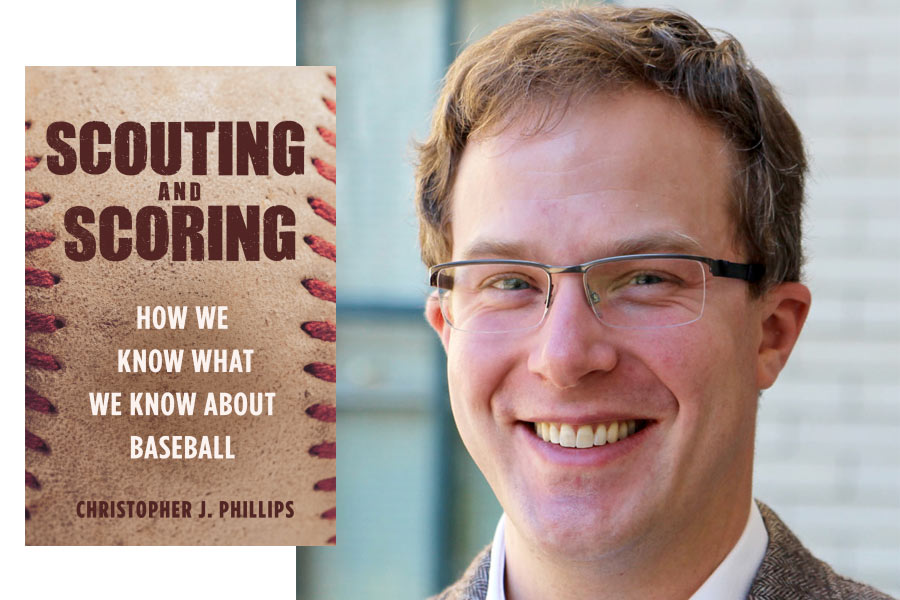
Scouting and Scoring: Historian Looks for What’s Behind the Data in Baseball
Media contact:
Abby Simmons
412-268-6094
Data collection and analysis popularized by “Moneyball” was expected to fundamentally change how baseball teams evaluated and managed players – replacing scouting with scoring.
The more he looked into it, however, the more Carnegie Mellon University historian Christopher Phillips began to ask whether there really was such a stark divide in how we make judgments in the modern world.
“Numbers and algorithms shape everything we do, from going to the doctor to applying for a job. said Phillips, an assistant professor in CMU’s Dietrich College of Humanities and Social Sciences. “The seemingly objective numbers we use are inseparable from human labor and expertise. I’m a historian of science and a baseball fan, so exploring this phenomenon in the sport made the topic attractive to me.”
In his new book “Scouting and Scoring: How We Know What We Know About Baseball,” Phillips shows the two approaches to player evaluation are not as different as they may seem.
“Baseball was one of the most visible and consequential fields to claim to have replaced traditional ways of knowing with data,” Phillips said. “Scouts are often portrayed as experts who rely solely on experience and intuition, while scorers appear to focus on performance metrics and statistics.”
Tracing baseball’s history from the 19th century to today, Phillips reveals how both scouts and scorers rely on numbers, bureaucracy, technologies, trust and human labor in order to make sound judgments. He discusses the creation of the sport’s earliest statistical databases and the introduction of “official scorers,” individuals whose judgments are ultimately behind the statistics of hits, earned runs and errors.
“Scouts are more scientific than they may seem. They aren’t mystics — they’ve been audacious quantifiers for years,” Phillips said. “They grade skills using numbers, assess monetary value, and aggregate those figures in order to judge the overall future of a player. Essentially, they turn people into numbers.”
By tracing the people, practices and technologies used in baseball, Phillips shows that every baseball statistic still relies on human labor and expertise, even as scouts increasingly deploy data in their own judgments.
“It takes a humongous amount of work by humans to collect, clean, conserve and display seemingly disembodied and objective numbers. Data don’t just exist: they need to be created,” Phillips said.